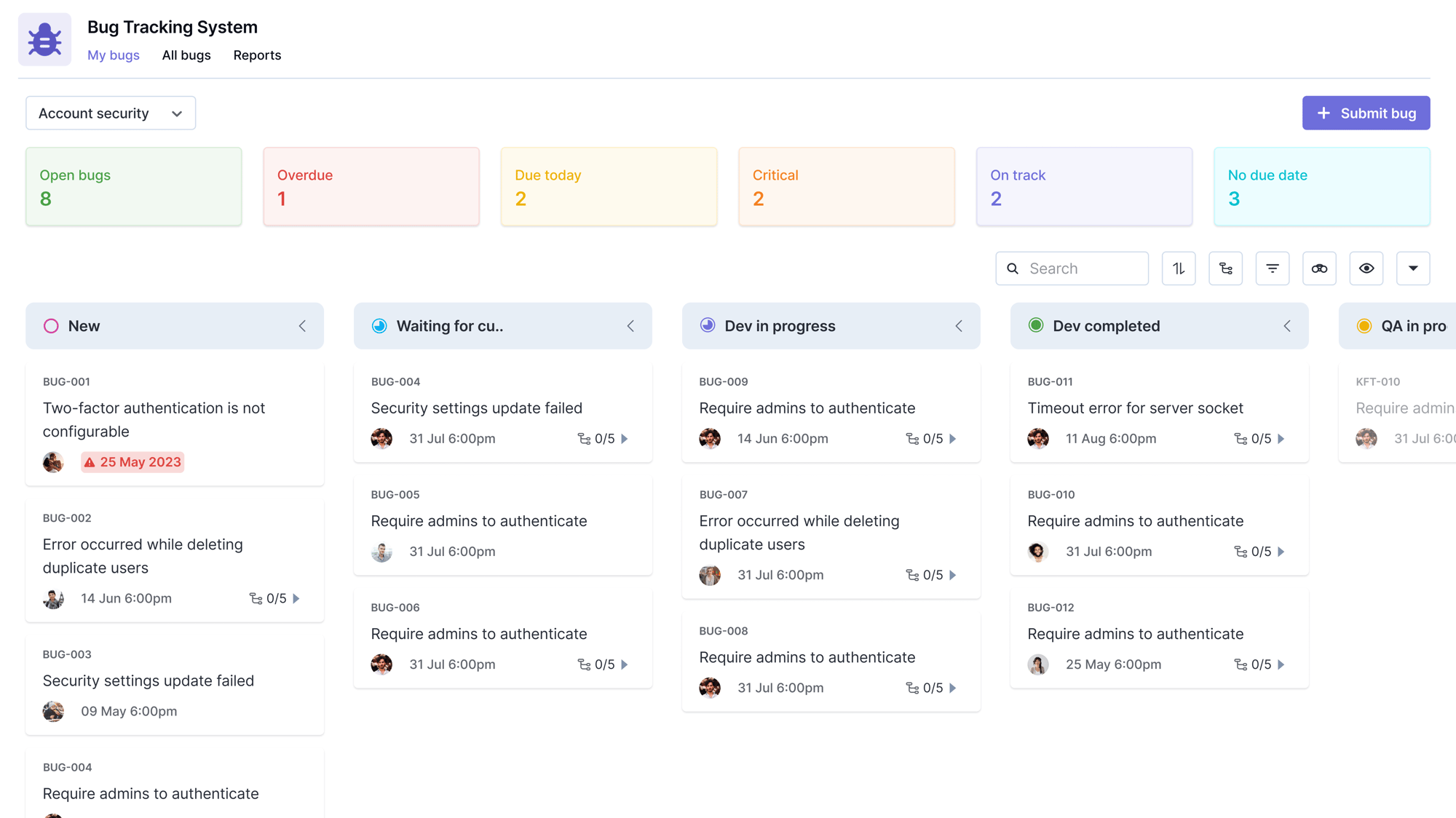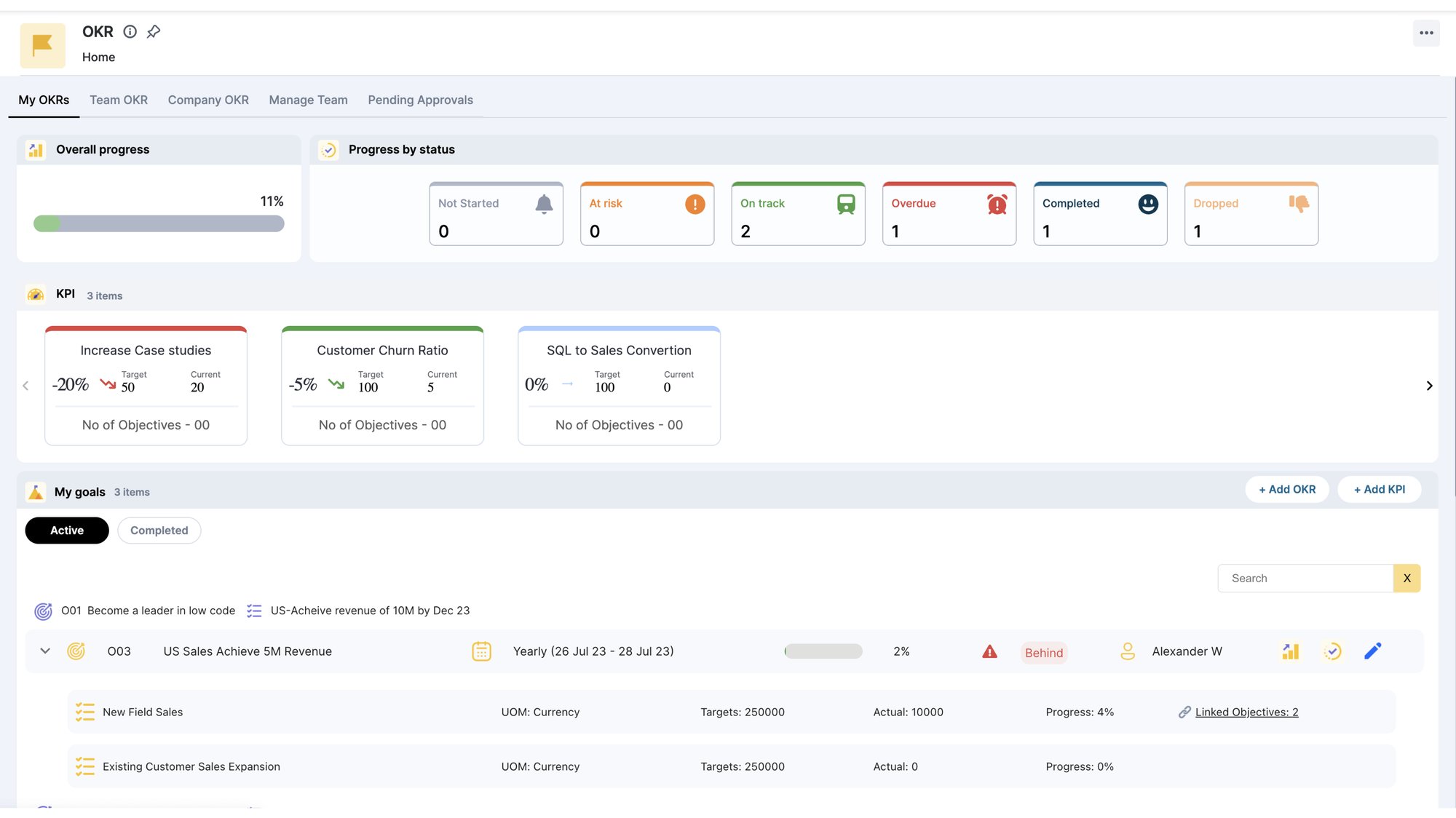Talented and driven individuals drive today’s organizations. To deliver company goals, they commit to working interdependently within their teams to accomplish the needed result.
Amid the shift toward digital workplaces, managers and their teams rely more on teamwork and collaboration to stay productive. While the two terms are often used interchangeably, they’re not quite the same. However, when they build on each other, teams can become more powerful and deliver higher quality output.
Teamwork versus Collaboration
When there’s a correct balance between autonomous work and team effort, people can make good use of their individual strengths while staying engaged, especially when considering an individual strengths test.
These two ways of working as a team differ in the following aspects:
Member composition
The main difference between teamwork and collaboration is that teamwork typically refers to a group of individuals with similar roles and skillsets working together towards a common goal. Performance is based on a familiar framework of expectations. Meanwhile, collaboration involves members with different fields of expertise combining their talents to reach a goal.
View of leader’s role
Teamwork focuses on a leader’s delegation of tasks to share the workload evenly. Members rely on a strong leader to ensure coordinated action and resolve disputes as individuals may not necessarily share the same values. Meanwhile, in collaboration, the leader takes the role of an adviser more than a controller. Temporary leaders may surface as needed for specific tasks. Members are able to adapt to such leaders and do their best to achieve their shared goal even if they have personal differences.
Workflow
In a purely teamwork mindset, members agree on and understand their individual roles while holding each other accountable for their respective responsibilities. Meanwhile, in a collaborative context, the team collectively solves a problem through a free and active exchange of—sometimes or often clashing—insights. They respectfully dialogue, negotiate, and test ideas to arrive at a fresh or innovative solution.
Advantages of Collaborative Teamwork
Collaboration is normally associated with activities like brainstorming ideas, reaching a consensus about processes, and finding solutions among teams from different departments. However, employees can adopt it as a way to work within their immediate teams through collaborative teamwork. In this setup, members with their unique specialties brainstorm solutions together but get individual assignments. As much as 64% of people[1] who work in environments promoting collaborative teamwork stayed with their organizations longer.
The combination of teamwork and collaboration can benefit teams in three ways:
1. Teams improve work quality
In a team with diverse members, individuals focus on what they do best to benefit the team. At the same time, each member can compensate for gaps in each other’s knowledge. This way, the team can finish their work faster and more efficiently as the talents of members are pulled together to form a large knowledge base. A Deloitte report said that 73% of collaborative teams[2] perform their work better.
2. Teams come up with fresh ideas
When members are open to trying new things—tools, procedures, or organizational structures—they can discover fresh ways to work. Uncovering strengths and weaknesses can also lead to solutions that tackle delays or obstacles more easily.
3. Teams get to practice effective communication
Individuals will learn to improve their written communications in terms of clarity and tone. They also develop an awareness of how their body language and tone of voice will affect their colleagues. Effective communication also includes clarifying roles, objectives, and targets, sharing individual or team progress, as well as airing questions, feedback, and concerns. The trust that develops in teams with open communication allows members to pour all their mental energies into the task at hand.
Strategies to Improve Teamwork and Collaboration
1. Show your team what collaborative behavior is like.
A genuine interest in others’ ideas, openness to dialogue, and receptivity to constructive feedback are some examples of collaborative behavior. Acknowledge when you’re unsure of something and ask for help. Approach others for ideas and integrate their suggestions. Hold brainstorming and problem-solving sessions or show the team a report or proposal you’re working on and ask for their comments. People become nearly five times more empowered[3] to deliver what’s expected of them when others value their feedback.
You can also be collaborative by gradually easing away from your leadership role as lessening involvement as a project progresses. It’s also important to demonstrate the integrity, accountability, and empathy that you want to see in your team members.
2. Invest in a hybrid online communication infrastructure.
Messaging tools, project management systems, AI knowledge base software, and group video chat applications help teams stay on top of their work assignments and communicate freely, especially for geographically dispersed teams. Choose software that’s compatible with the programs your team already uses. Such tools can raise productivity by up to 30%[4].
3. Set clear expectations.
Teams function well when they have a strong sense of purpose. Managers can be explicit about what they want their teams to achieve, explaining the details of the process and standards when necessary. This allows members to work with greater focus and urgency.
Clear expectations should start from the onboarding stage. Job descriptions can cite which roles new hires should carry out with other employees. This creates proper boundaries, prevents redundancy, and averts tension that may make future collaboration difficult. It also helps teams assess their own performance and identify issues that need to be resolved to improve performance.
4. Recognize and celebrate your team member’s strengths.
Take time to know your teammates to identify and capitalize on their competencies, then assign tasks that can play up their strengths and interests. See how you can accommodate their unique work styles, and organize activities that will allow your teammates to be more aware of each other’s backgrounds.
Praise and reward your team when they’re able to solve problems without any supervision, and celebrate milestones even informally.
5. Embrace change.
You can change existing disparity by breaking down silos and sharing information and resources with other departments within your organization. Include your team in your decision-making process. Establishing and reinforcing openness to change will give others the courage to embrace it. You can also be the model for your team when it comes to gracefully accepting failure and positively facing criticism.
Use a Digital Workplace Platform to Maximize Collaborative Teamwork
The adoption of remote working by many businesses does not necessarily eliminate differences in the workplace. But to keep their enterprises going, business owners, managers, and team heads are leading the way to make deterrents to teamwork and collaboration take a back seat.
Digital collaboration tools aren’t just helping organizations keep their day-to-day operations afloat. Leaders are using them for collaborative teamwork, where qualities such as active listening, empathy, self-awareness, open-mindedness, and flexibility go into play.
A digital work platform like Kissflow Digital Workplace brings together several functions so that your team members won’t have to juggle different software tools. It’s a complete solution with customizable Kanban-style boards that allows you to organize projects with ease. You can assign tasks, share files and project plans, and communicate with your team with just one platform.
Get started with the Kissflow Platform and learn how to leverage its features to drive better results
Sign up for a free trial today to see for yourself.
.png?width=2000&name=admin%20dashboard%20(2).png)










